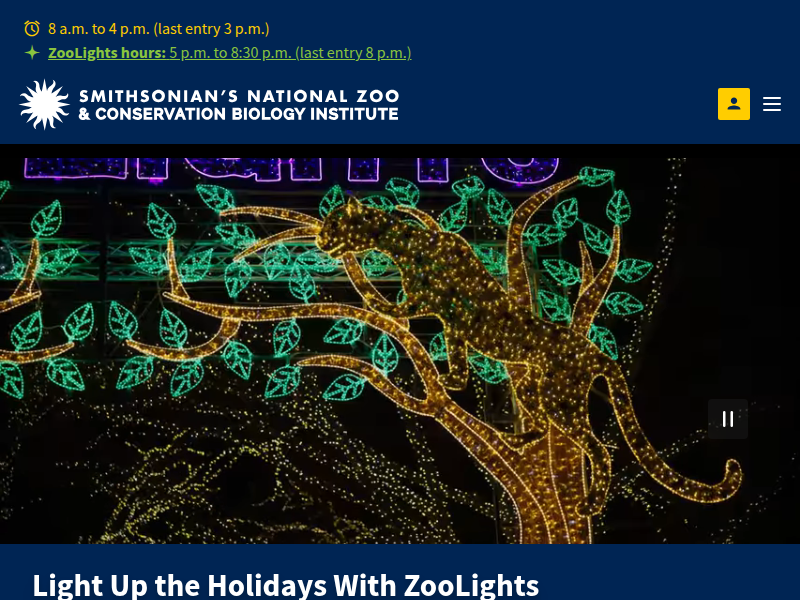#GorillaStory: Sweet Snuggles | Smithsonian’s National Zoo and Conservation Biology Institute https://nationalzoo.si.edu/animals/news/gorillastory-sweet-snuggles
Since her birth last May, our baby western lowland gorilla, Zahra, has grown and changed so much. Read the latest #GorillaStory update from keeper Carly Hornberger.
She is very curious and will inspect and taste everything she can get her hands on

